Portfolio Briefing – Third Quarter 2024
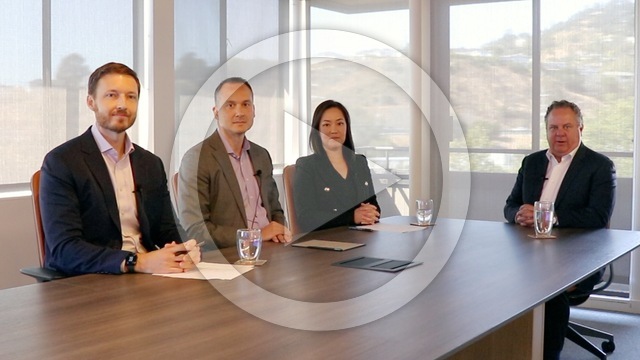
– Nicholas Borst reports that China stocks rose sharply in response to recent stimulus announcements, and he reviews the four major problems that have weighed down China’s economy. Paul Espinosa notes that earnings and dividend growth from Growth and Income Fund holdings drove performance. Lydia So highlights specific contributors and detractors to Fund returns and introduces a new position in Vietnam.
MorePortfolio Briefing – Third Quarter 2024

– Brent Clayton discusses a new Value Fund holding, Arcos Dorados, the largest independent McDonald’s franchisee. Paul Espinosa reviews the top contributors to Fund performance and explains the significance of rising dividends in the Fund’s portfolio.
MoreOMFIF – How Deeply Rooted Are China’s Economic Woes?
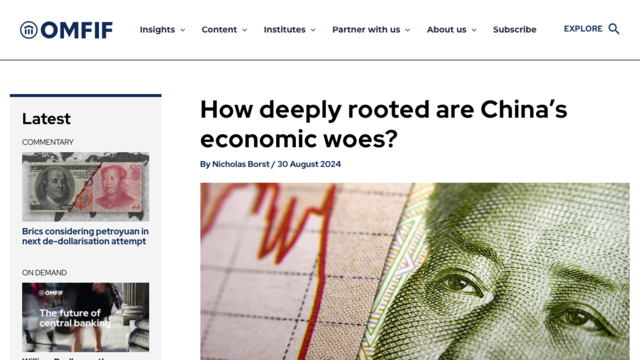
– In OMFIF, Seafarer’s Nicholas Borst writes that China’s slowdown can be traced to four major problems: a real estate correction, weak consumption, deteriorating local government finances, and a constrained private sector.
MoreField Notes – Seoul

– The outsized influence of South Korea’s large family-run conglomerates in daily life was driven home at the ballpark.
MoreField Notes – Seoul
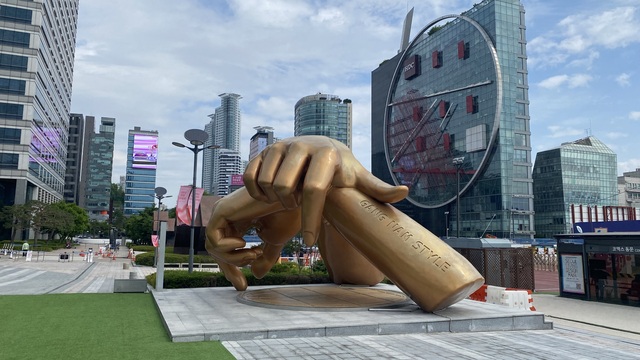
– A new national initiative in South Korea aims to improve the capital efficiency of listed corporates and bring about better treatment of minority shareholders.
MoreMoney Life – Interview with Andrew Foster

– In an interview with Money Life’s Chuck Jaffe, Andrew Foster discusses the broad-based EM earnings recovery underway and how overseas markets can help diversify long-term portfolios with non-dollar income streams. Listen
MorePortfolio Review –

– Andrew Foster reports that currencies weighed on Growth and Income Fund performance, and the stocks moved a bit lower, even as a few narrow parts of the market soared. He explains that a broad-based EM earnings recovery is underway, and the fundamentals of the Fund’s holdings are strong – underscored by a surge in dividends.
Portfolio ReviewPortfolio Review –

– Paul Espinosa discusses Value Fund performance, emphasizing that the Fund seeks sources of return that relate more to undervaluation and income generation than to ever-higher multiple expansion and high growth. He reports on the Value Team’s trip to China and Korea in search of trapped value on corporate balance sheets.
Portfolio ReviewPrevailing Winds
Learn MoreAre China’s Economic Challenges Cyclical or Structural?
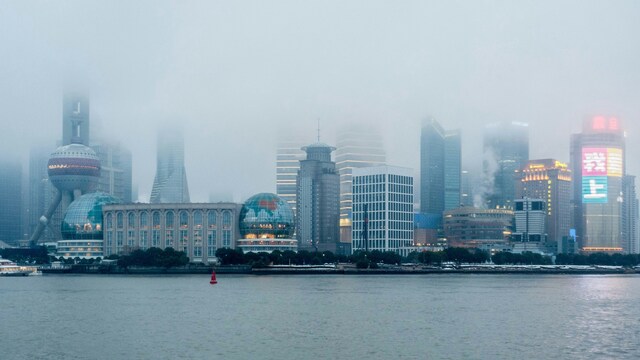
– China’s economy is weighed down on four fronts – real estate, consumption, fiscal issues, and the private sector – and political obstacles are standing in the way of addressing these problems.
Are China’s Economic Challenges Cyclical or Structural?After the Boom: What China’s Slowing Economy Means for Global Markets
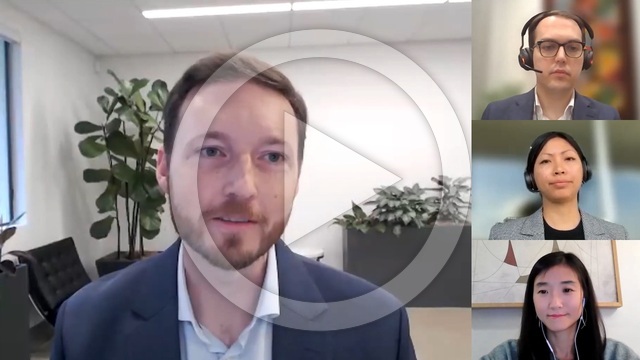
– Nicholas Borst moderated a panel that examined how China’s new economic trajectory will impact global markets and the potential implications for investors.
After the Boom: What China’s Slowing Economy Means for Global MarketsThe Balance Sheets at Risk from China’s Property Slowdown

– The fallout from the end of China’s property boom will continue for many years as its effects ripple through the balance sheets of property developers, banks, and local governments.
The Balance Sheets at Risk from China’s Property SlowdownNews and Commentary
The Wire China – The Financial Fallout from China’s Property Market

– In The Wire China, Seafarer’s Nicholas Borst writes that China’s economic recovery will continue to disappoint unless urgent reforms are enacted to revive the property market and restructure local government debt. : As of December 31, 2023, the Seafarer Funds did not own shares in the securities referenced in the article. View the Top 10 Holdings for the Growth and Income Fund and the Value Fund. Holdings are subject to change.
MoreConsuelo Mack WealthTrack – Interview with Andrew Foster
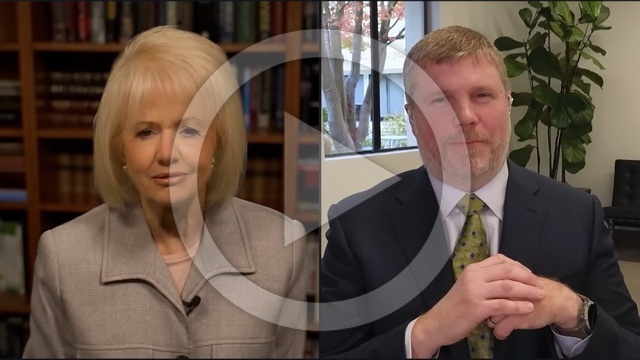
– In an interview with Consuelo Mack, Andrew Foster states that the investment case for emerging markets lies in individual companies rather than countries. : As of September 30, 2023, securities mentioned in the video comprised the following weights in the Seafarer Overseas Growth and Income Fund: Xinhua Winshare Publishing and Media Co., Ltd. (0.9%), Alibaba Group Holding, Ltd. (2.7%), Samsung Electronics Co., Ltd. Pfd. (3.1%), Samsung Electronics Co., Ltd. (1.5%), and Samsung Biologics Co., Ltd. (3.0%). The Seafarer Funds did not own shares in the other securities referenced in this video. View the Top 10 Holdings for the Growth and Income Fund and the Value Fund. Holdings are subject to change.
MoreFund Resources
Field Notes
Explore Our MapSão Paulo: Pharmacies on Every Corner

– Pharmacies in Brazil are becoming service hubs and occupying a more prominent role in the healthcare industry.
MoreMumbai: Advancements in Infrastructure

– The accelerating pace of infrastructure projects in India is fueling hopes for the country’s future.
MoreMumbai: Cashless is King

– A national digital payments platform in India is changing how individuals and merchants transact.
More![[Chrome]](/_layout/images/ua/chrome.png)
![[Firefox]](/_layout/images/ua/firefox.png)
![[Opera]](/_layout/images/ua/opera.png)
![[Microsoft Edge]](/_layout/images/ua/edge.png)